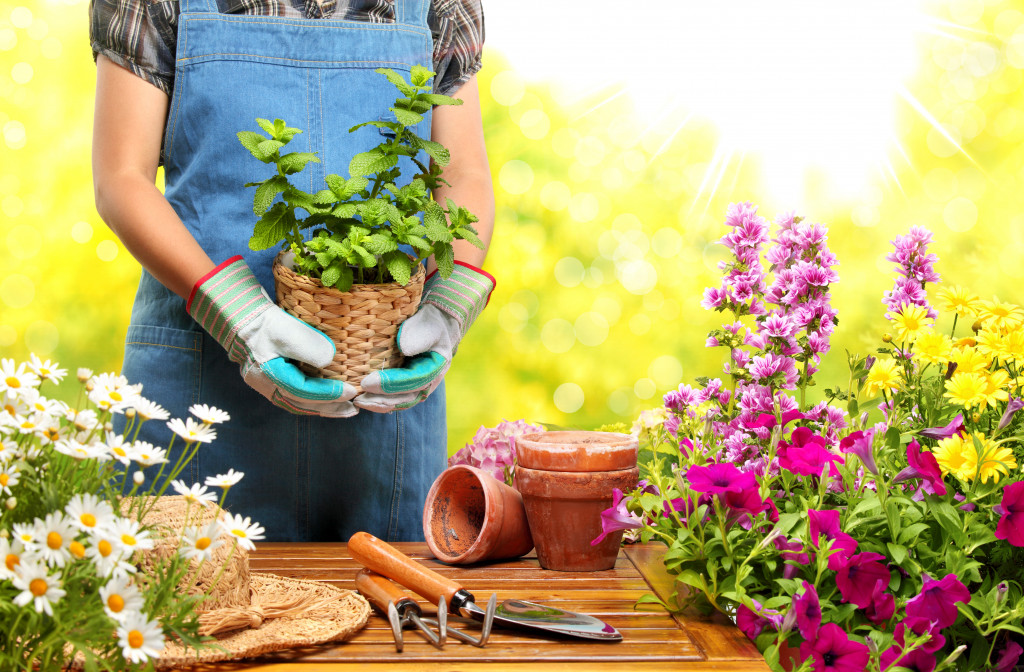Talk to any plant parent about the plants in their collection and you would swear that it would seem like they’re actually talking about real children. You won’t believe how much money these people spend on their plants. Some of them even spend more than the average Joe would with a child.
But why did these indoor plants become such a huge hit recently? What makes them so in demand right now, especially with the Millennials?
Social Media Trend
A few years ago, social media, Instagram in particular, saw a great influx of posts that showcased succulents, the first houseplant that became legitimate social media stars. Then came the terrariums, the fiddle-leaf figs, and the pilea peperomioide.
In the span of just a few years, people became hooked to these plants and became bona fide plant parents. American gardeners spent a whopping $52.3 billion on garden and lawn retail sales, according to 2019’s National Gardening Survey.
While Gen-Xers are focused on home improvement jobs such as deck extension, moisture mitigation, and insulation, it is found that a quarter of the people who contributed to the massive record $52.3 billion plant retail sales are people aged 18 to 34 years old who have been spending their money on plants more than any other age group since 2014.
In a separate survey a few years earlier in 2016, they found that among the 6 million Americans who took up gardening that year, 5 million of them were Millennials.
The plant phenomenon is truly astounding as we have never seen this much interest in houseplants since the ‘70s. Their resurgence was way past due. A lot of people have somehow taken to connect with plants whether as vegans or users of bamboo products. The need to connect with flora has increased over the past few years and continues to increase even today.
Connecting with Nature
Millennials and folks from other generations that have been hooked into the hobby realized that plants are an inexpensive way to bring nature to their homes for styling and therapeutic purposes, especially if you’re living in urban settings.
Most of us live in cities and densely populated urban areas, have access to a lot of technological comforts and marvels, and, with the COVID-19 pandemic, are all stuck in our homes and apartments staring at our digital devices and computer screens for either work or entertainment.
Several studies have already proven how beneficial connecting with nature is to our health and well-being. It makes us healthier and happier. Being around plants helps lower our heart rate and blood pressure, reduces stress, and allows us to concentrate more on what we need to do.

Studies have also found that trees and plants release airborne compounds — phytoncides — that help boost the human immune system. Plant soil also has therapeutic properties in the form of soil bacteria that boosts the brain’s serotonin levels. Indoor plants are also known to treat the air quality inside a house and make it better for its inhabitants. Even NASA attests to this as they found that certain houseplants can significantly reduce air toxins in a span of 24 hours.
That being said since most people can’t go traipsing around the park 24/7 or go out of town and be one with nature, the solution we have is to bring nature indoors.
Turning over a New Leaf
With the catastrophic effect of COVID-19 worldwide, a lot of people now have become more conscious of their health. They started taking care of their physical health and did what they can to improve their immune system. A lot of people also took the time to take care of themselves mentally and emotionally. One of their avenues is turning to this hobby which has, so far, worked wonders for their physical and mental health.
A lot of folks want to get started but fear they can’t because they know they’re not gifted with a green thumb. It’s okay. You can still get into it by starting slow. Start with two to three plants that will go well with your current space and go from there. Read books and watch videos about plant care. But nothing beats first-hand knowledge through experience.
Familiarize yourself with your plant and learn how to best take care of it. Plants are like people. Different plants have different needs so you need to get to know them well. Don’t panic if things don’t seem to work out well in the beginning. Do your research and reach out to those who know more than you.
With all the benefits that indoor plants bring to a person’s physical health and mental well-being, it’s a wonder why they only regained popularity within the past few years. Every home should have houseplants whether it’s just a handful or in the hundreds and thousands.